15 Leading Data Modeling Tools to Fit Your Project’s Unique Needs
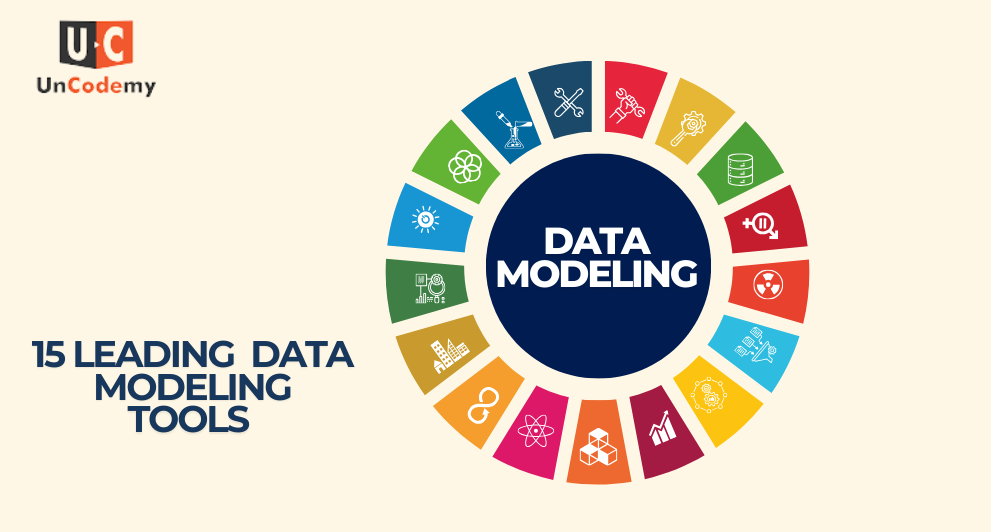


Education is increasingly being shaped by technological advancements and innovation. One of the most exciting advancements making waves in schools and universities is the use of AI-powered biometric authentication.
This smart technology goes beyond traditional security methods, offering better accuracy, speed, and convenience. From simplifying attendance processes to protecting student information, AI-based biometric systems are changing the way educational institutions function.
In this article, we’ll examine biometric security in education, its practical applications, key benefits, and potential future potential. Discover how this technology is setting new benchmarks for safety and efficiency in education.
Data modeling is the process of creating a visual representation of a system or database’s data structures and relationships. It serves as a blueprint that guides the design, implementation, and maintenance of a database. By defining how data is stored, related, and accessed, data modeling helps ensure data integrity, consistency, and efficiency.
In today’s data-driven world, businesses need to organize, structure, and manage vast amounts of data efficiently. One of the key strategies for achieving this is data modeling, which helps in creating a visual representation of how data is structured and interrelated. Whether you’re designing a database, a data warehouse, or a big data environment, having the right data modeling tool is essential for successful implementation.
There are numerous data modeling tools available, each offering unique features and functionalities to meet different project requirements. In this blog, we will explore the top 15 data modeling tools to help you choose the best one for your specific needs.
| Tool Name | Best For | Key Strengths | Database Support | Pricing |
|---|---|---|---|---|
| ER/Studio | Enterprise-level modeling | Advanced modeling, collaboration, version control | Oracle, SQL Server, DB2, MySQL | Paid (Enterprise) |
| Lucidchart | Simple, cloud-based modeling | Intuitive UI, real-time collaboration, templates | General (Visual, not DB-connected) | Freemium |
| IBM InfoSphere Data Architect | Complex data integration | Metadata-driven modeling, IBM suite integration | Relational, NoSQL | Paid (Enterprise) |
| Microsoft Visio | Basic modeling and diagramming | Office integration, easy templates | SQL Server | Paid |
| Toad Data Modeler | Relational database modeling | Multi-platform support, SQL generation | 20+ databases | Paid |
| Oracle SQL Dev Data Modeler | Oracle database users | Deep Oracle integration, multiple model types | Oracle | Free |
| DBDesigner | Open-source modeling | Free, intuitive UI, real-time collaboration | MySQL, PostgreSQL, etc. | Free (Open Source) |
| Vertabelo | Cloud-based modeling | Real-time collaboration, version control | PostgreSQL, MySQL, etc. | Freemium |
| Sparx Systems Enterprise Architect | Comprehensive enterprise modeling | UML/BPMN support, version control, multi-domain | Various | Paid |
| SQL Power Architect | BI and data warehouse modeling | Dimensional modeling, BI integration | Multiple | Free / Paid |
| Astah Professional | Object-oriented modeling | UML, ER, DFD, software design integration | Visual (not DB-specific) | Paid |
| Aqua Data Studio | Cross-platform DB design | Querying, analysis, reverse engineering | Multiple (Oracle, SQL Server, MySQL, etc.) | Paid |
| ERDPlus | Academic/beginner modeling | Web-based, free, ER and relational schemas | Visual (not DB-connected) | Free |
| Redgate SQL Clone | Database provisioning | Clone/testing DBs, CI/CD support | SQL Server | Paid |
| Miro | Collaborative diagramming | Flowcharts, ER diagrams, real-time teamwork | General (Visual, not DB-connected) | Freemium |
Integrating biometric authentication in educational institutions has effectively addressed key security concerns in the education sector. As technology evolves, potential threats from sophisticated impersonation tactics and data breaches continue to emerge. To enhance the effectiveness of biometric systems, it is crucial to regulate AI-based authentication methods, ensuring that identity theft and unauthorized data access are minimized.
Looking ahead, the future of biometric authentication in education is promising, driven by advanced machine learning algorithms. These algorithms continuously adapt to new challenges, improving system efficiency and accuracy. As digital technologies continue to shape the education sector, AI-powered biometric authentication will play an increasingly vital role in ensuring secure, streamlined, and efficient campus environments.
Data modeling visualizes data structure and relationships, ensuring data integrity, consistency, and efficient database design. It helps developers build reliable, scalable systems.
Tools can create conceptual, logical, physical, and dimensional data models, each serving specific stages in database design and reporting.
Yes, tools like Lucidchart and ERDPlus are beginner-friendly, while others, like ER/Studio, target advanced users for complex projects.
Many tools, including Lucidchart, Miro, and Vertabelo, offer real-time collaboration, enabling team-based work on data models.
Tools like Toad Data Modeler and Oracle SQL Developer support reverse engineering, allowing you to create models from existing databases.
Lucidchart, Vertabelo, and others integrate with platforms like Google Drive, Slack, and version control systems to streamline workflows.
Yes, tools like DBDesigner and ERDPlus offer free or open-source options, suitable for smaller projects or learning purposes.
Most tools support a wide range of databases, including relational (MySQL, PostgreSQL) and NoSQL (MongoDB, Cassandra) systems.
Yes, tools like ER/Studio and Aqua Data Studio offer features for query optimization and schema performance tuning.
ER/Studio, IBM InfoSphere, and Sparx Systems Enterprise Architect are ideal for large-scale, complex data modeling projects in enterprise environments.
Personalized learning paths with interactive materials and progress tracking for optimal learning experience.
Explore LMSCreate professional, ATS-optimized resumes tailored for tech roles with intelligent suggestions.
Build ResumeDetailed analysis of how your resume performs in Applicant Tracking Systems with actionable insights.
Check ResumeAI analyzes your code for efficiency, best practices, and bugs with instant feedback.
Try Code ReviewPractice coding in 20+ languages with our cloud-based compiler that works on any device.
Start Coding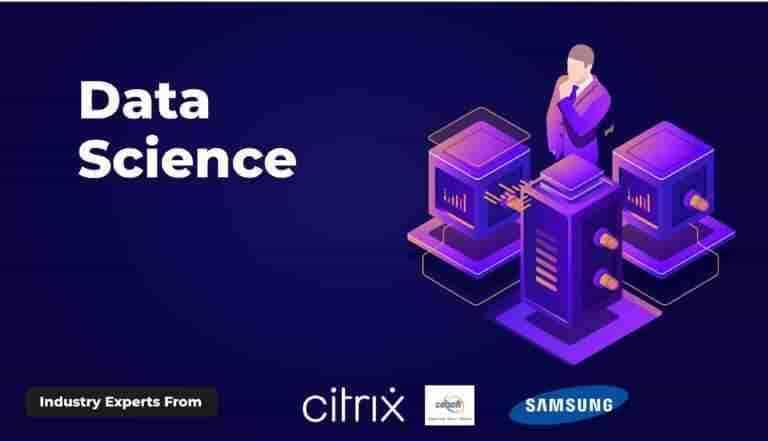 TRENDING
TRENDING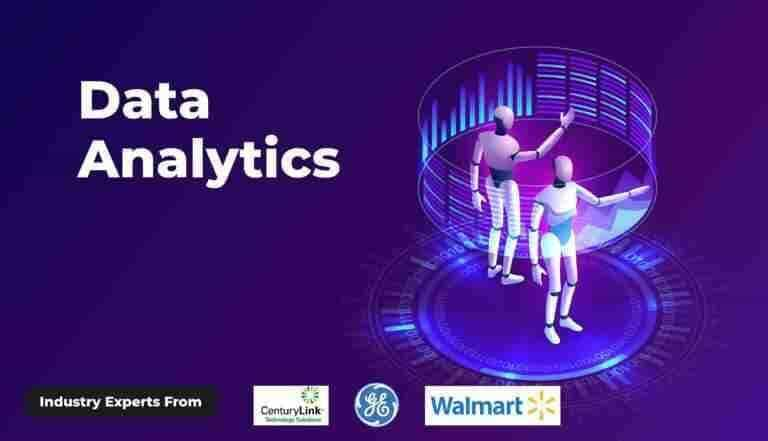 BESTSELLER
BESTSELLER BESTSELLER
BESTSELLER TRENDING
TRENDING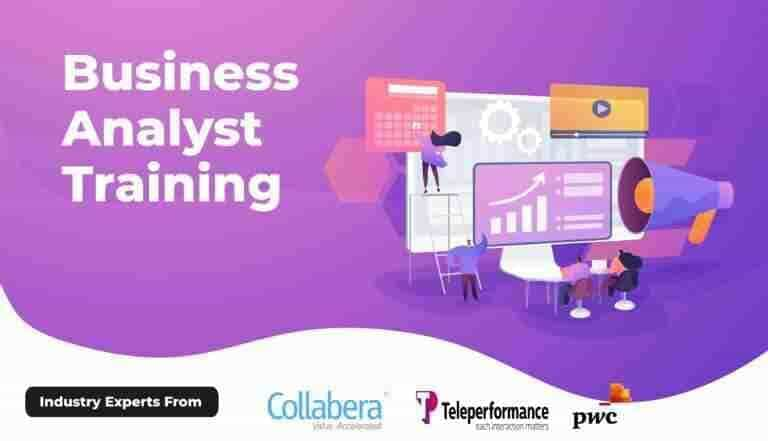 HOT
HOT BESTSELLER
BESTSELLER HOT
HOT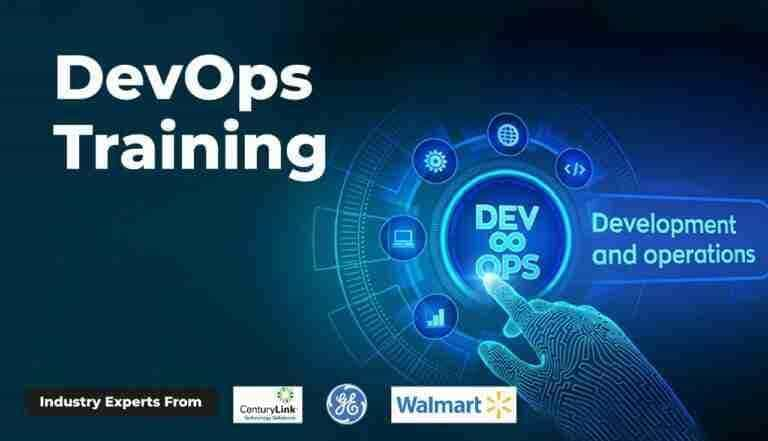 BESTSELLER
BESTSELLER BESTSELLER
BESTSELLER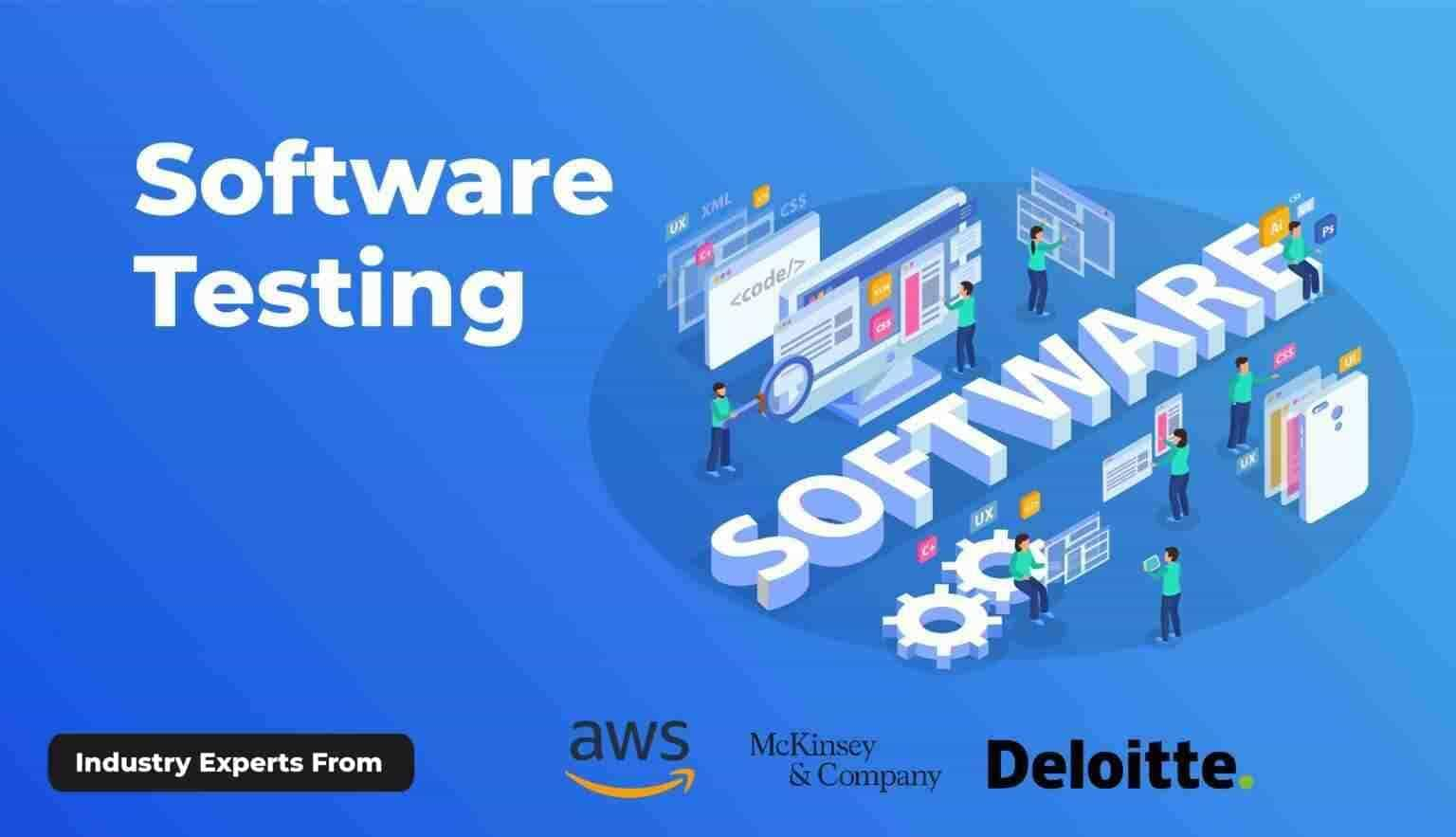 HOT
HOT POPULAR
POPULAR